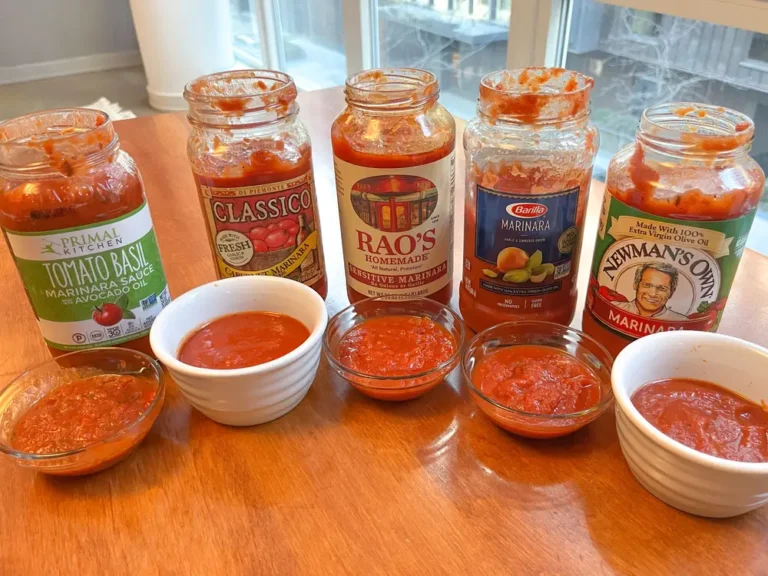Best and worst things to order at a seafood restaurant, according to chefs
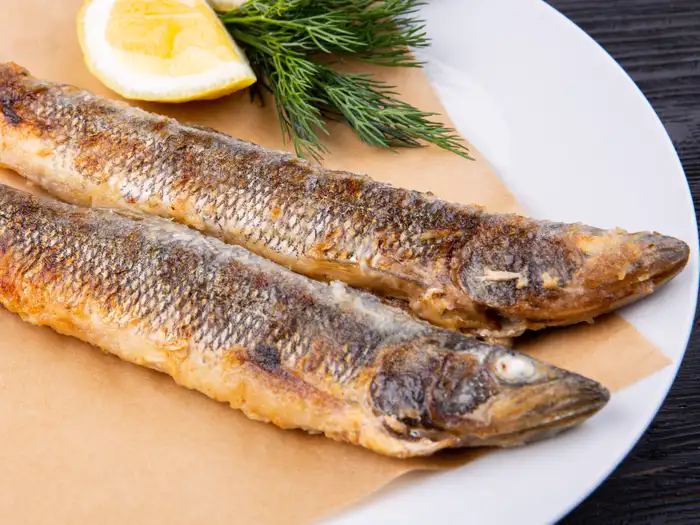
The chefs said they’d avoid tilapia at a restaurant.
Grilled mackerel is usually flavorful.
Grilled mackerel is best paired with a simple side.
Private chef and caterer Priscilla Casey told Business Insider that she’d suggest ordering grilled mackerel.
“Mackerel is an oily fish, so it binds with seasonings exceptionally well and is usually really flavorful,” said Casey.
She suggested pairing it with simple sides like potatoes, asparagus, and a slice of fresh lemon.
Pan-fried sea bass has a scrumptious texture.

Pan-fried sea bass is flavorful.
Pan-fried sea bass offers a great combination of texture and flavor.
“I love ordering pan-fried sea bass because the contrast between the crispy sea-bass skin and the delicate fillet is just delicious,” said Casey.
It normally has a light flavor on its own, so the seasoning or sauce that it’s served with is crucial to the meal. Casey recommended asking for lemon juice, vinaigrette, or even garlic-infused olive oil to liven up your dish.
Fluke is underrated.
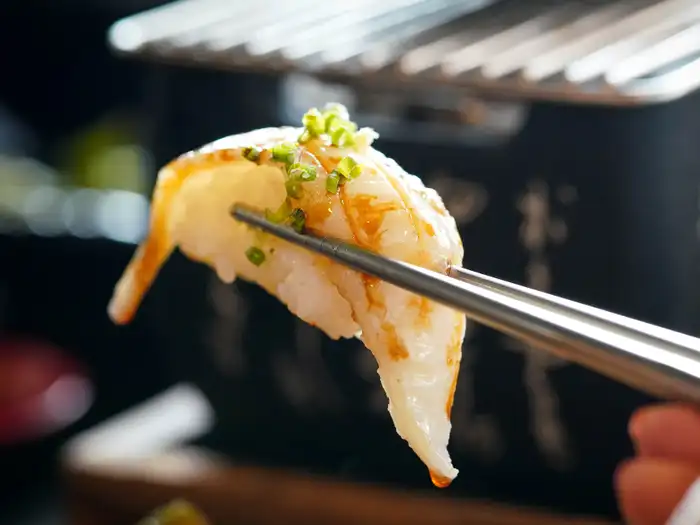
Fluke is great both cooked and raw.
Executive chef and former “Chopped” contestant Matt Ginn of Chebeague Island Inn told B-17 that he loves ordering fluke when he spots it on a seafood menu.
“Fluke is one of my favorite fish dishes to order at a good restaurant,” said Ginn. “It’s unique in that it’s great both cooked and raw.”
It’s also known as summer flounder and has a mild, delicate flavor that may be perfect for diners who don’t like a strong, fishy taste.
Choose local fish for optimal freshness.
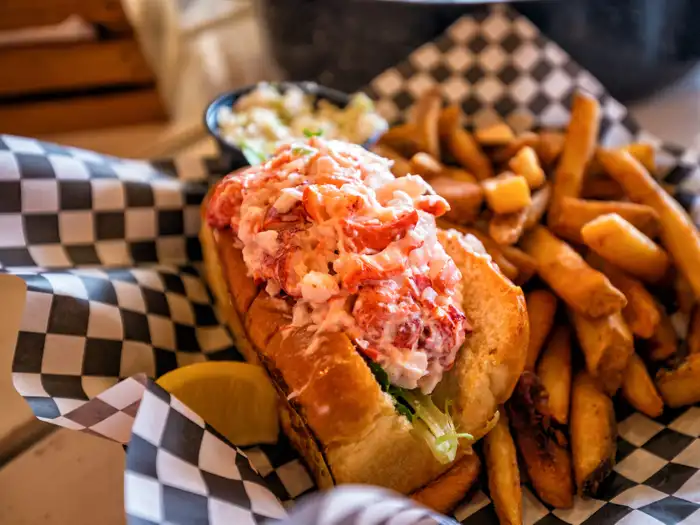
Try the local selection.
When in doubt, ask your server what menu items use locally caught or harvested ingredients.
“I always order what’s been caught in close proximity to the restaurant,” said Ginn. “That increases the likelihood that your dish will be fresh.”
Ginn recommended trying local delicacies like the lobster in Maine or red snapper in Florida.
Opt for what other diners are ordering.

If you see a server continuously dishing out a popular meal, that’s a good sign.
Ginn said that he watches other tables and orders what seems most popular.
“When you see plates and plates of the same kind of seafood leaving the kitchen, you can be pretty sure it’s nice and fresh,” said Ginn.
Unpopular items may feature ingredients that aren’t restocked as often, meaning you’re likely to wind up with an older piece of fish.
Black cod is a rich and satisfying option.
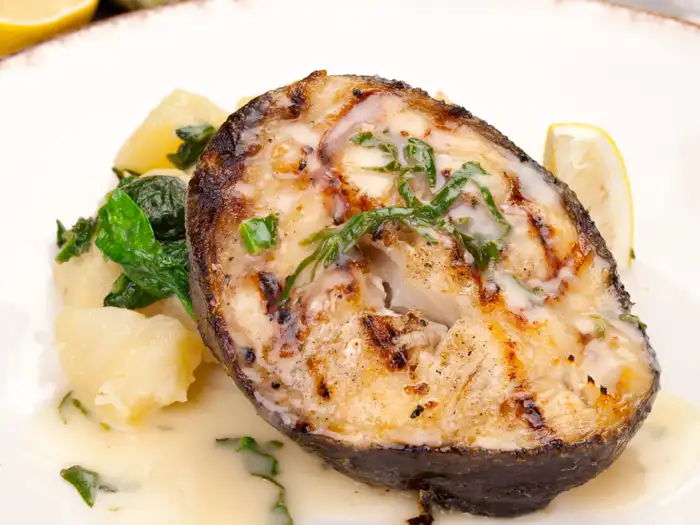
You can usually find black cod in Japanese restaurants.
William Eick, executive chef and owner of Matsu in California, told B-17 that he recommends ordering black cod.
“Black cod is always a safe bet as it’s a perfectly fatty, rich, and delicious fish,” said Eick. “It’s frequently paired with a miso glaze, which is full of flavor.”
Black cod is also known as sablefish and can often be found at Japanese seafood restaurants.
Spot prawns are pricey but worth it.
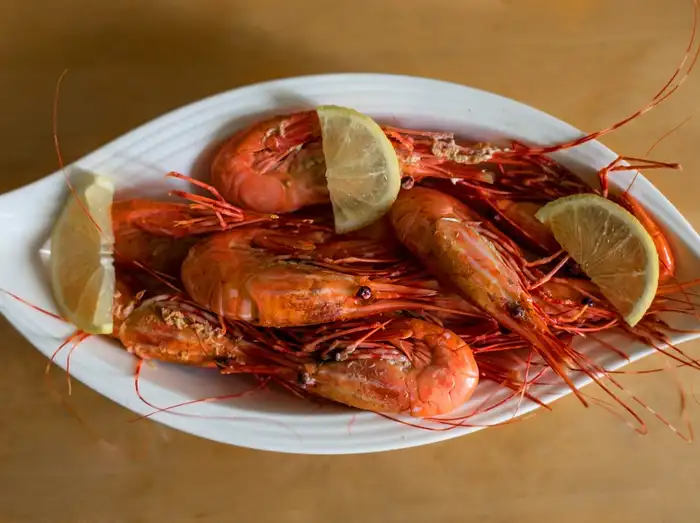
Spot prawns are on the pricier side, but worth every penny.
Spot prawns are sweet shrimp that resemble little lobsters and have a delicate texture.
“Spot prawns are expensive but always worth it,” said Eick. “Seeing them on the menu is also a sign that the chef is sourcing quality ingredients.”
Eick added that spot prawns should be lightly cooked and served with their roe, or eggs.
Skip the seafood special.
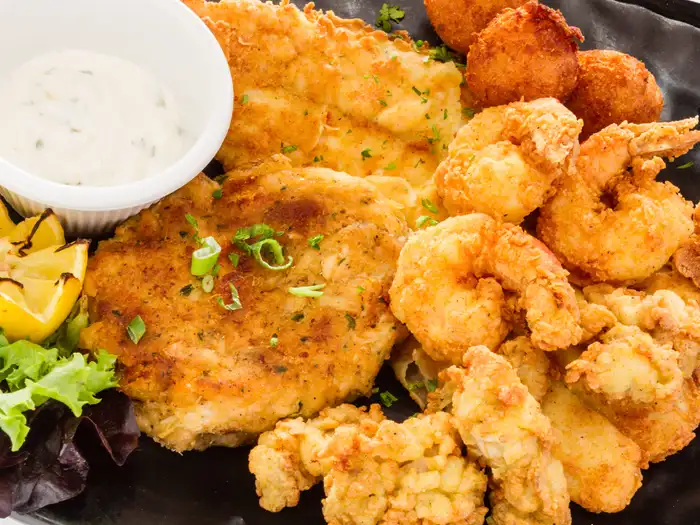
Pass on the seafood platter.
Chef Devan Cameron told B-17 that he usually skips the seafood special when dining out, as it may not be the freshest item on the menu.
“For many bars, pubs, or casual restaurants, offering a seafood special is usually a technique for selling older fish before it goes bad,” said Cameron.
He added that high-end restaurants are usually exempt from this rule of thumb. If in doubt, ask your server if the seafood special uses freshly caught fish.
Halibut isn’t always prepared correctly.
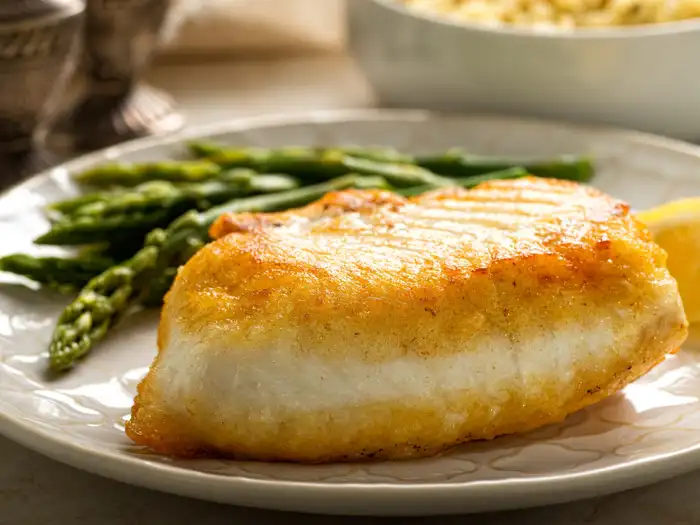
Skip the halibut.
Halibut is a firm, white fish with a mild flavor. Though it’s frequently on seafood menus, Eick recommended choosing a more adventurous dish.
“Halibut is almost always overcooked in restaurants and is usually lacking in flavor,” said Eick.
If you’re looking for a milder fish, try ordering cod or grouper instead.
Tilapia is a flavorless fish with some safety concerns.
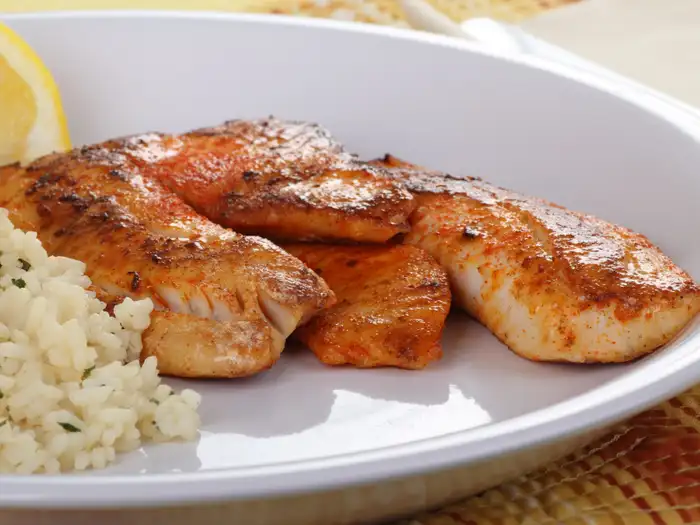
Tilapia comes with risks.
Tilapia is a popular freshwater fish that’s often on seafood menus.
“Generally, tilapia is almost flavorless,” said Cameron. “I’d skip this fish because it’s plain boring and irresponsibly farmed.”
The Monterey Bay Aquarium’s Seafood Watch list, which ranks fish sources based on sustainability and safety, cautions that consumers may want to avoid some tilapia, particularly ones farmed in China and Mexico, due to “a high risk to the environment.”
Seafood carbonara might include low-quality fish.

The carbonara sauce can cover up the problem.
The cream sauce used to make carbonara can overpower the taste of seafood ingredients, and this might be intentional.
“Restaurants have a tendency to use the heavy sauce to disguise lower-quality or scrap seafood,” said Casey.
Casey recommended asking about the preparation of any dishes featuring a heavy sauce to avoid paying for subpar seafood.
Fried calamari usually lacks flavor.
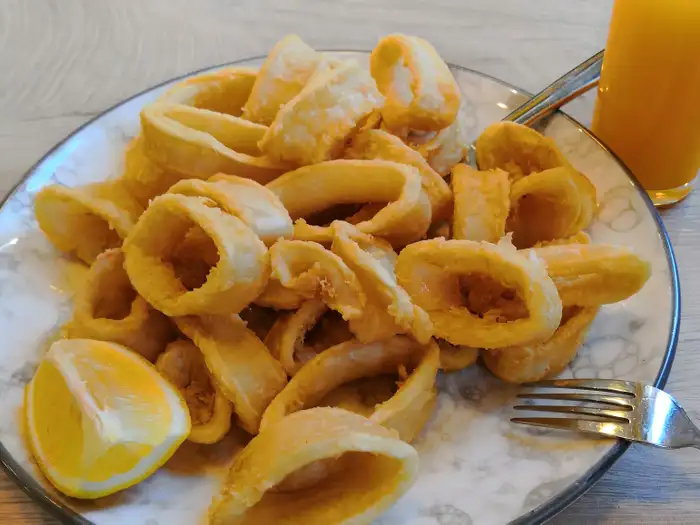
Opt for fresh squid instead.
Squid feed on crab, plankton, and smaller sea creatures like orange roughy and shrimp. Casey explained that this diet gives squid flesh a unique flavor.
“Unfortunately, the taste of the squid is drowned out when it’s battered and fried,” said Casey. “Plus, most restaurant calamari is frozen rather than fresh.”
Instead of ordering deep-fried calamari, opt for fresh squid coated in a tempura batter or bread crumbs.





